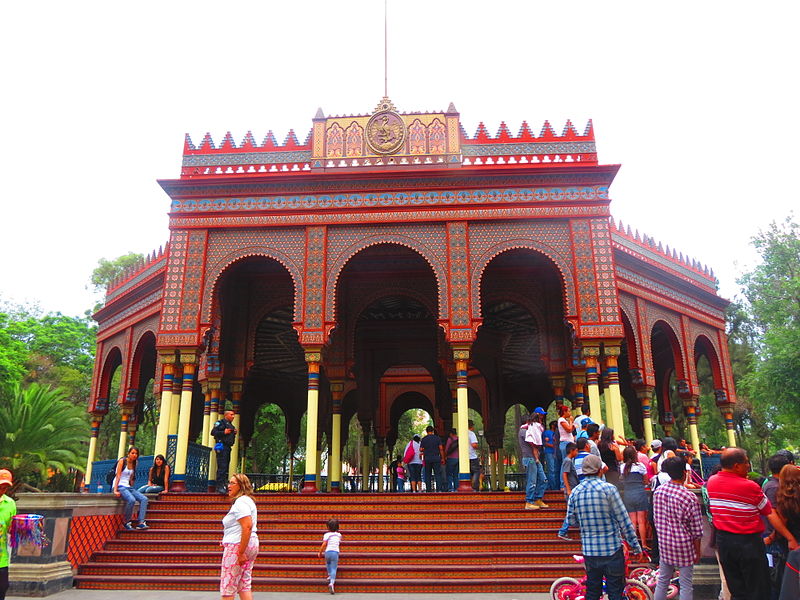
__
The Kiosco Morisco, the Moorish Kiosk, is one of the most photographed and emblematic structures of its kind. It’s simultaneously surprisingly easy and difficult to get the right shot of it. As might be imagined, the Kiosco is the centerpiece of the Alameda of Santa María la Ribera. Without much question, it’s the centerpiece of the neighborhood, too.
The pavilion was designed by engineer José Ramón Ibarrola. It was created for the New Orleans “World’s Industrial and Cotton Centennial Exposition” of 1884-1885. Surprisingly, it’s made entirely of iron, though brightly painted. The pieces were cast and assembled in Pittsburgh, Pennsylvania, then presumably shipped by barge to New Orleans.
In New Orleans it took on the name the Alhambra Palace. The style was described as Mudéjar or Neo-Mudéjar, as it’s a mix of Spanish and Moorish influences. After the exposition, it was returned to Mexico and stood in the Alameda Central for some 25 years. As the kiosk is designed to be assembled and re-assembled, these moves were not terribly taxing. In 1902, it was again shipped north of the border, to the St. Louis Exhibition.
Like it’s successor, the Kiosk was famously used for lottery drawings for nearly all of this time. One strong theory explains that the well-loved National Lottery Building on Paseo de la Reforma is still called Edificio El Moro for just this reason.
In 1910, with the Centenary of Mexican Independence, the space in the Alameda Central was needed for the new Benito Juárez Hemicyclo commissioned by Porfirio Díaz. Santa María La Ribera, one of the era’s most well-heeled neighborhoods, put in a request for the pavilion. It’s been here ever since.
The Alameda de Santa María is one of the first public gardens originally outside of the city. In a European geometric pattern, four octagonal tiled fountains punctuate the gardens. The City rehabilitated the entire park in 2010. El Kiosco Morisco, in the very center, is a mandatory visit in one of the city’s most walk-able, and frequently walked, neighborhoods.

0.11 kms.
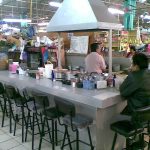
0.45 kms.
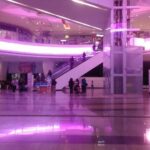
0.57 kms.
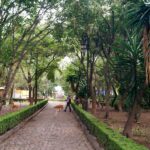
One of the deepest darkest public plazas in the city, La Conchita and its legends go back a long way.
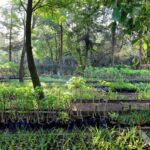
One of the most beloved of natural areas in the City, it's always a breath of fresh air, too.

There's a substantial alternative for animal and nature lovers in the Bosque de de Aragón.

One of the city's favorite parks is in Condesa and it's nearly a hundred years old.
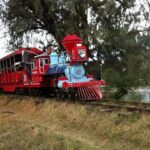
One of NE Mexico City's favorite parks and recreation areas.